For the past thirty years, astronomers have been fascinated with the star ß Pictoris because it allows them to observe a young planetary system in the process of formation. It is made up of at least two young planets, as well as comets, which were detected as early as 1987. These were the first comets ever discovered orbiting a star other than the Sun.
Now, an international team of researchers has discovered 30 such exocomets and determined the size of their nuclei,[1] which vary between 3 and 14 kilometers (~2 and 9 miles) in diameter. The scientists were headed by Alain Lecavelier des Etangs, CNRS researcher at the Institut d’Astrophysique de Paris (CNRS/Sorbonne Université).[2]
The scientists were also able to estimate the size distribution of the objects, i.e. the proportion of small comets to large ones. This is the first time this distribution has been measured outside our Solar System, and it is strikingly similar to that of comets orbiting the Sun. It shows that, just like the comets of the Solar System, the exocomets of ß Pictoris were shaped by a series of collisions and breakups.
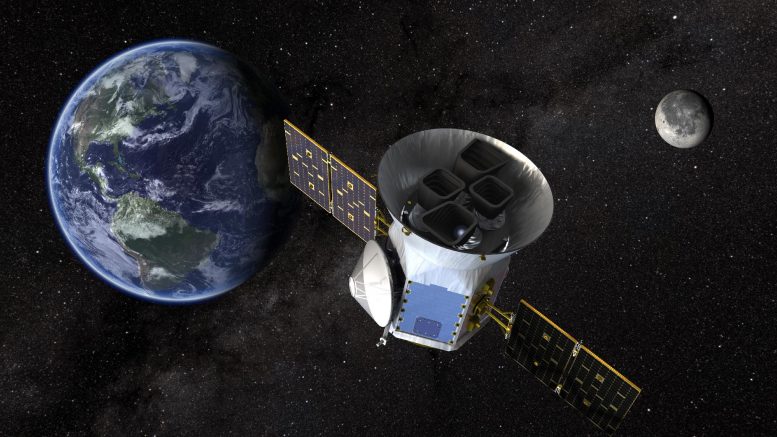
Illustration of NASA’s Transiting Exoplanet Survey Satellite (TESS) at work. Credit: NASA’s Goddard Space Flight Center
This work sheds new light on the origin and evolution of comets in planetary systems. Since a part of Earth’s water probably originated in comets, scientists are seeking to understand their impact on the characteristics of planets.
Their findings, to be published in the journal Scientific Reports today (April 28, 2022) are the outcome of 156 days of observation of the ß Pictoris system using NASA’s Transiting Exoplanet Survey Satellite (TESS). Other upcoming observations, in particular with the Hubble and James Webb space telescopes, should enable scientists to find out more in the future.
Notes
- A comet is formed primarily by a rocky core covered with dust and gas in the solid state. The tail of the comet appears only temporarily, when the frozen gases are warmed and enter the gaseous state.
- Scientists from the Laboratoire d’Etudes Spatiales et d’Instrumentation en Astrophysique (Observatoire de Paris – PSL /CNRS/Sorbonne Université/Université Paris Cité) and the Institut de Planétologie et d’Astrophysique de Grenoble (CNRS/UGA) also took part in this research.
Reference: “Exocomets size distribution in the ß Pictoris planetary system” by Alain Lecavelier des Etangs, Lucie Cros, Guillaume Hébrard, Eder Martioli, Marc Duquesnoy, Matthew A. Kenworthy, Flavien Kiefer, Sylvestre Lacour, Anne-Marie Lagrange, Nadège Meunier and Alfred Vidal-Madjar, 28 April 2022, Scientific Reports.
DOI: 10.1038/s41598-022-09021-2

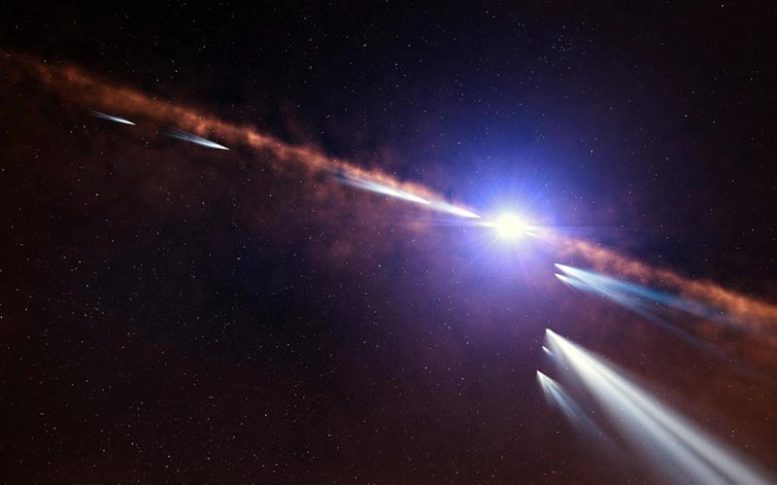
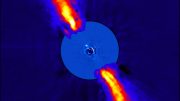

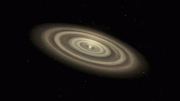

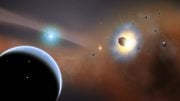

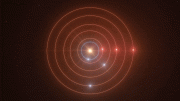
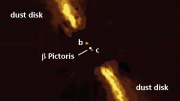
Be the first to comment on "30 Exocomets Discovered in a Young Planetary System"